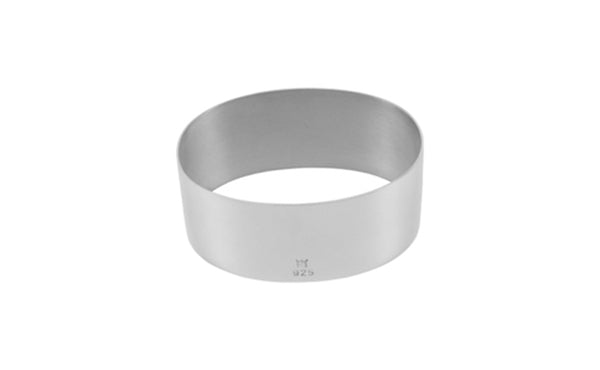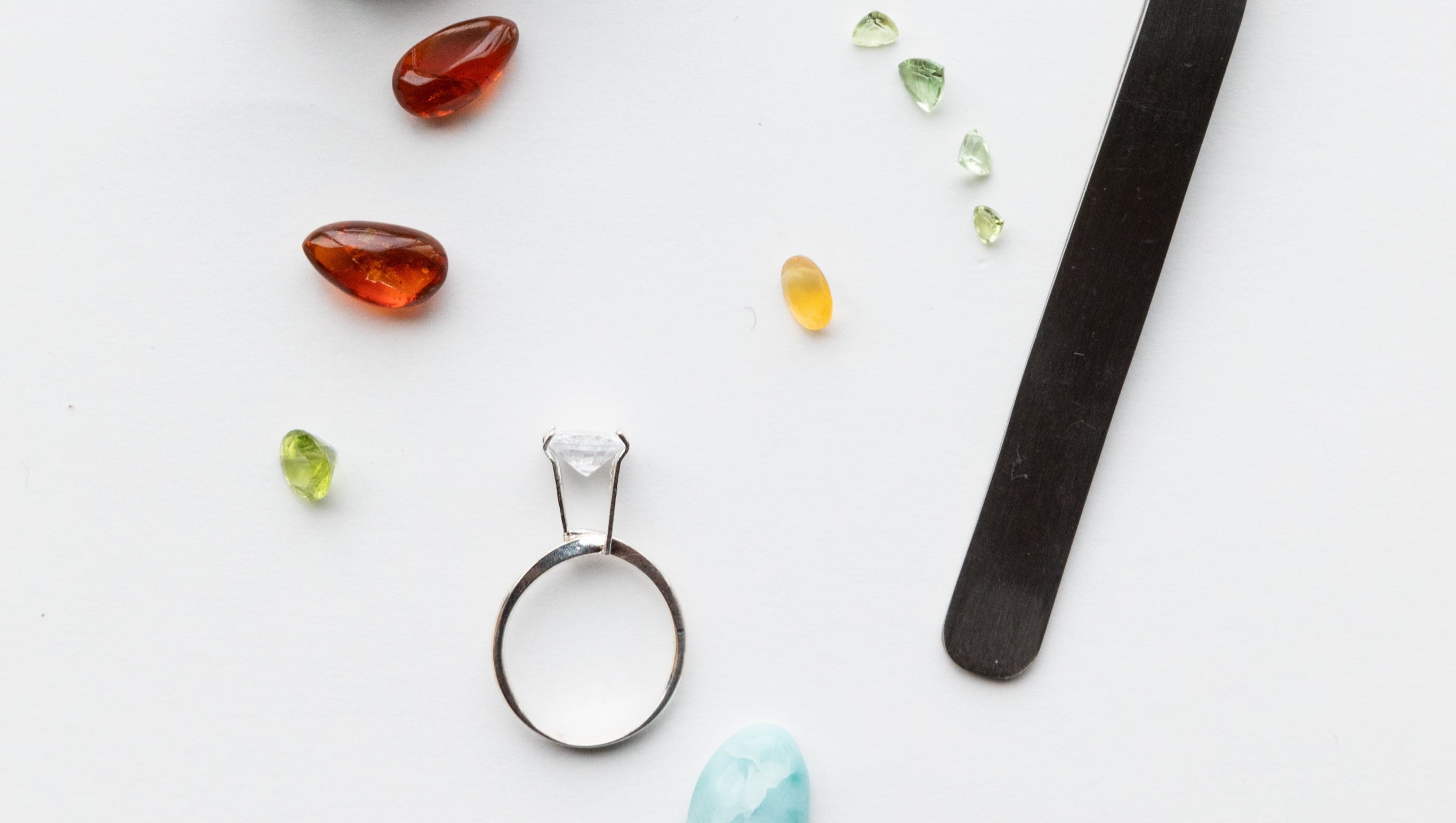The fineness of silver in solder
Lot was a unit of measurement used in the Middle Ages and up until the 19th century to determine the fineness of a precious metal - primarily silver - in relation to its total mass. Antique silver is therefore often stamped with a fineness stamp with the numbers 12, 13, 14 or 15. However, there are also objects with a very low silver content that only received an eight, six or four as the lot number. These values either stood alone or were accompanied by the stamp of the city of origin.
The Origin of the Lot
The reference point for the unit lot is the Cologne mark (233.8g), which was divided into 16 parts - called lot. 16 lot would therefore have corresponded to a fineness of 100%, twelve lot to a fineness of 75%, and six lot to a fineness of 50%.
For silverware, the purity was specified in lots until 1886, after which it was replaced by the permille system that is still in use today. This method originally came from France and determines the fineness in thousandths. Consequently, since 1886, lots have been converted into silver in such a way that 16 lots correspond to a fineness of 1,000.
Lot as a unit of weight
At the same time, the lot was also a unit of measurement for weight, although it varied from one German city to another. Depending on the location, its value was between 14 and 18 g. In 1856, the lot was replaced by a general decree of the gram and kilogram, which originated in France, thus standardizing the weight system throughout Germany.
jewelry collections
Precious Metals in the Lexicon
jewelry making

